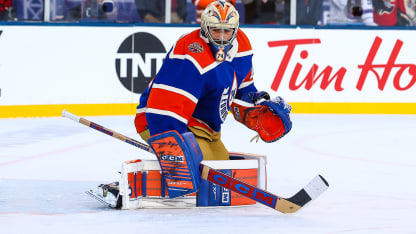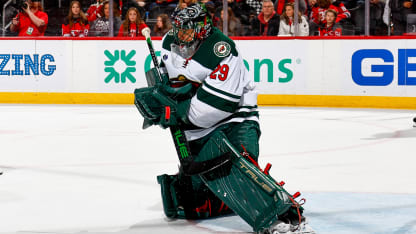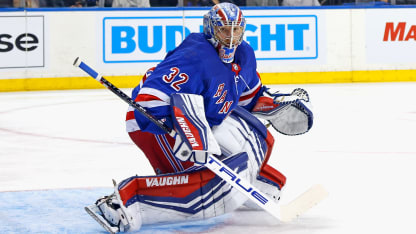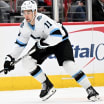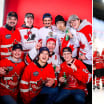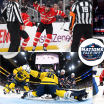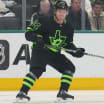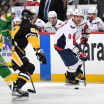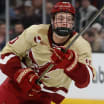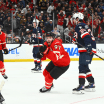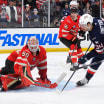When Stuart Skinner walked out for the 2023 Tim Hortons NHL Heritage Classic, the Edmonton Oilers goalie looked a lot like one of his more famous predecessors thanks to a custom set of CCM pads and gloves that looked like the gear the legendary Grant Fuhr once wore.
Skinner's classic appearance included leather straps running through the front of the leg pads and rounded sections running up and across the face. It was accomplished by a graphic designer and new UV printing process that allows CCM to apply a retro look to modern equipment.
Skinner should be grateful because goalie pads have come a long way since Fuhr's days.
"It's night and day," said Bill Ranford, who started his 15-season NHL career in 1985-86, four years after Fuhr and was his teammate for four seasons with the Oilers. "Equipment companies are evolving and coming up with some unbelievable changes from my time."
The biggest changes involve new materials since Ranford retired as a player in 2000. He is in his first season as the Los Angeles Kings director of goaltending after 17 as their goalie coach.
"I caught the tail end of the era where it was a mix of horsehair and foam (inside the pad)," he said. "The wear and tear on our bodies from the pads back in the day and how wet and heavy they'd get. You'd play back-to-back or three in five and the pads would not dry in between. The water just didn't leave the pad and you could feel it by the time you went out for warm-ups. People don't understand the physicality we dealt with. Now it's all high-density foams."
The foams inside modern pads have made a huge difference to both weight and performance, with some companies able to dial in rebounds to match individual preferences, whether it's for soft rebounds keeping the puck as close as possible or fast rebounds propelling it past sticks in tight and further away, buying a goalie time to move to the next position.
